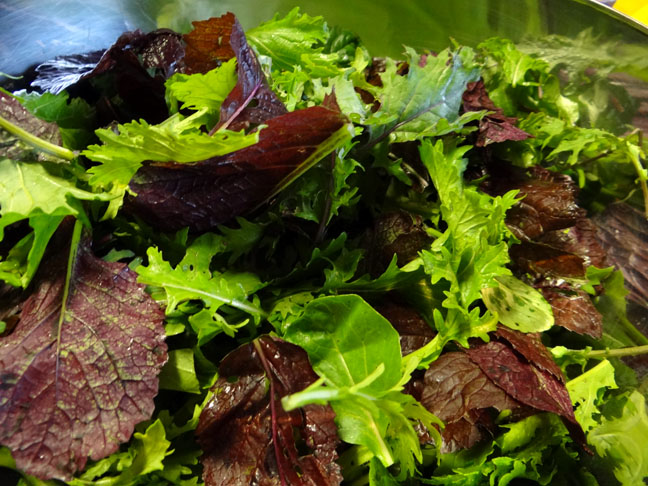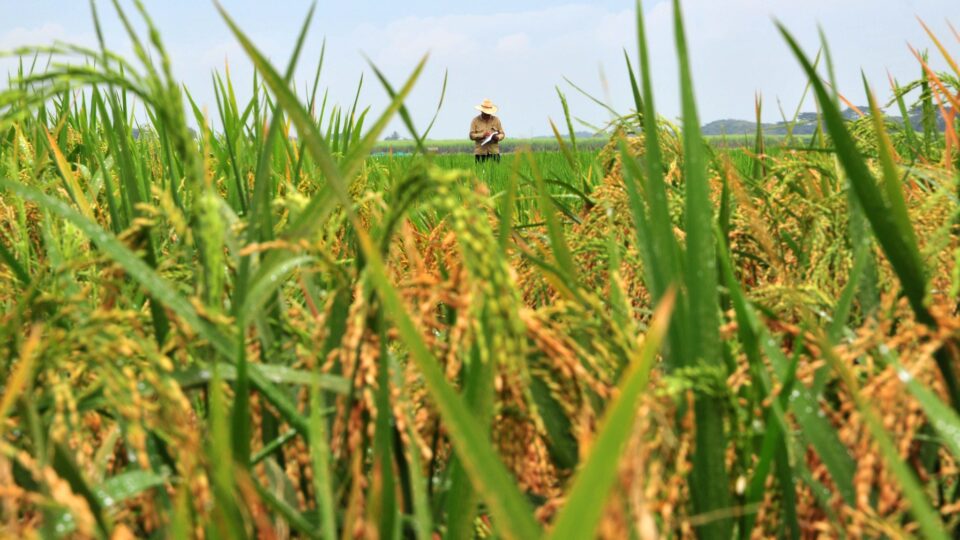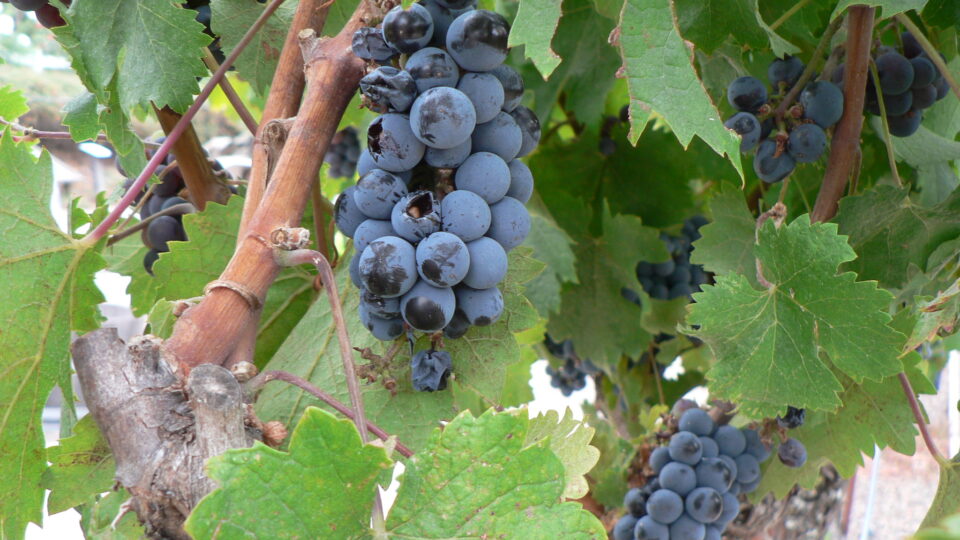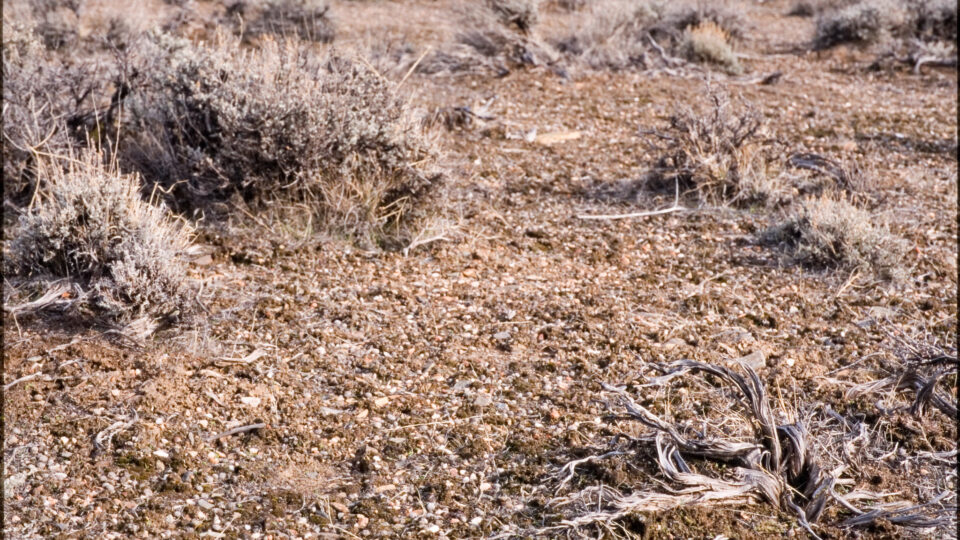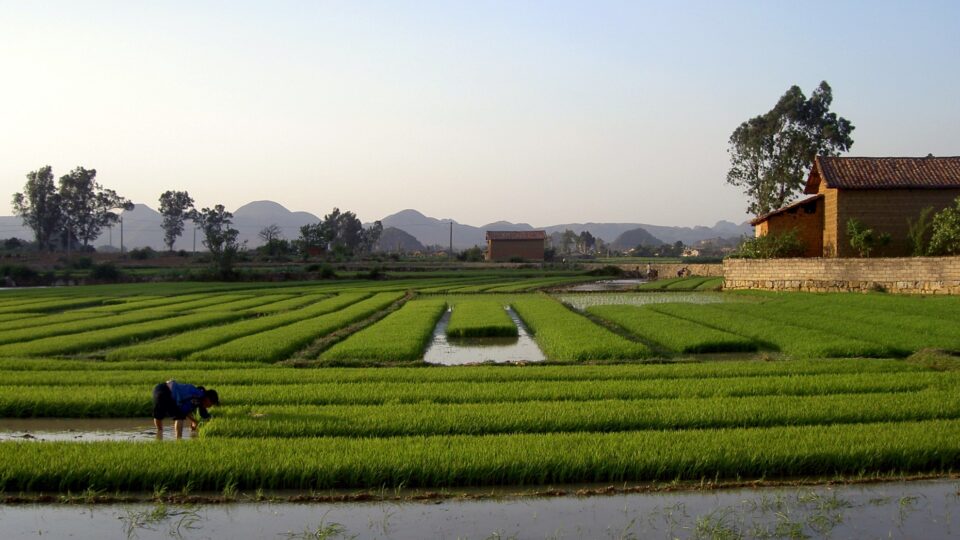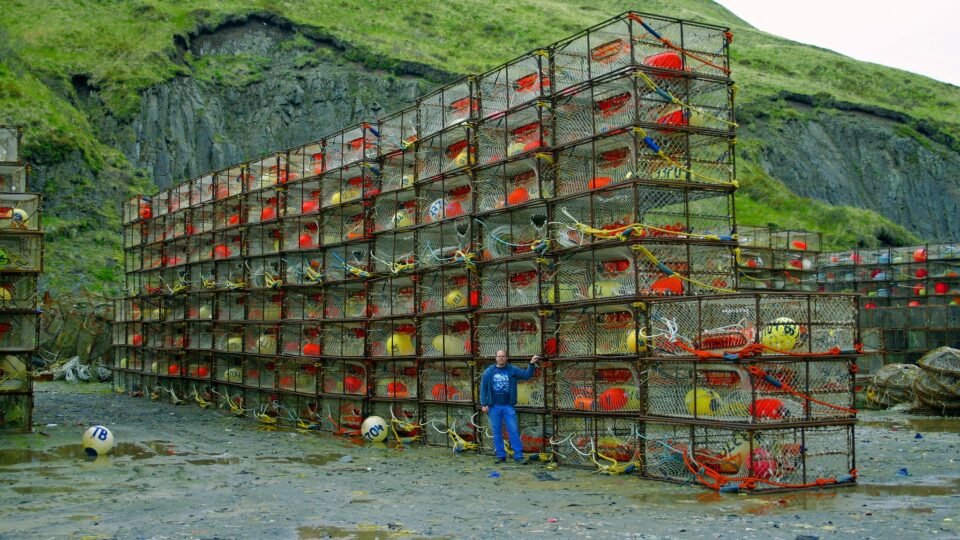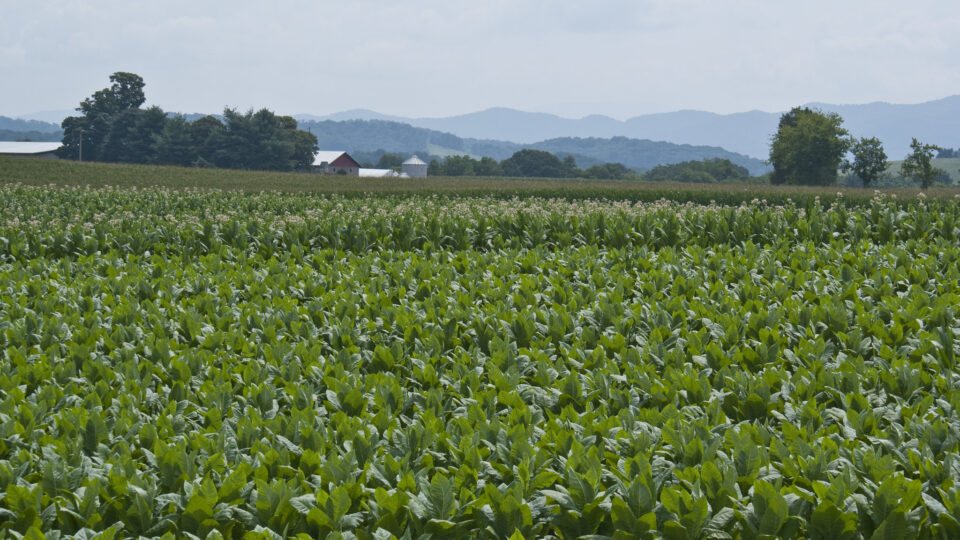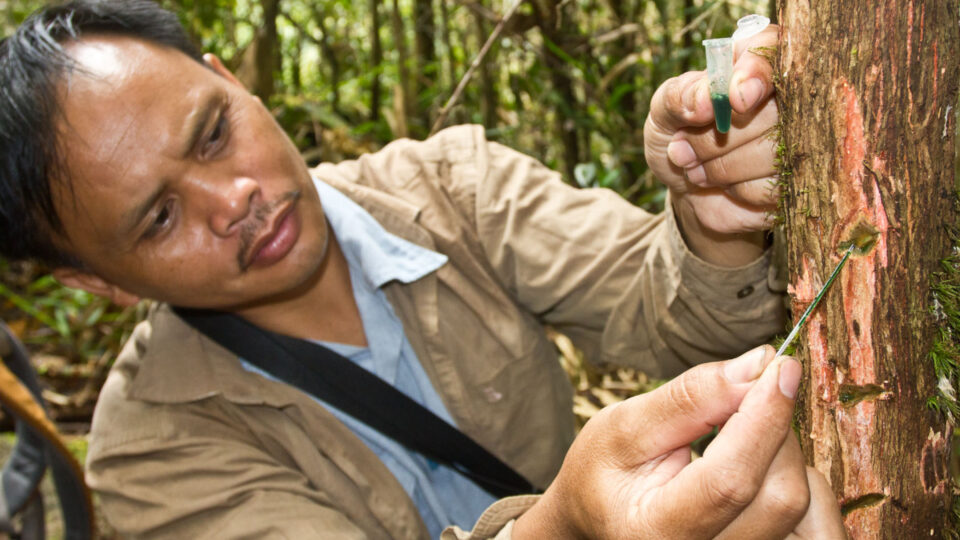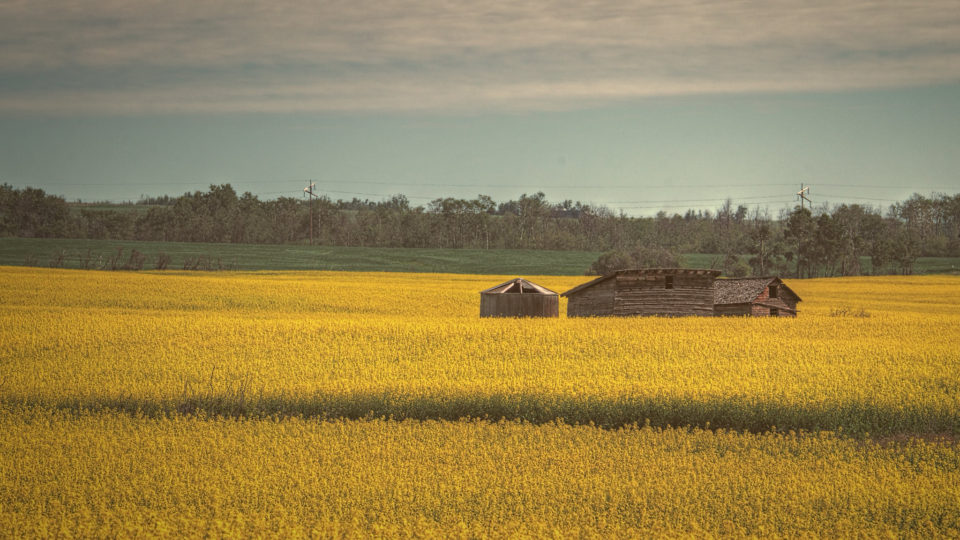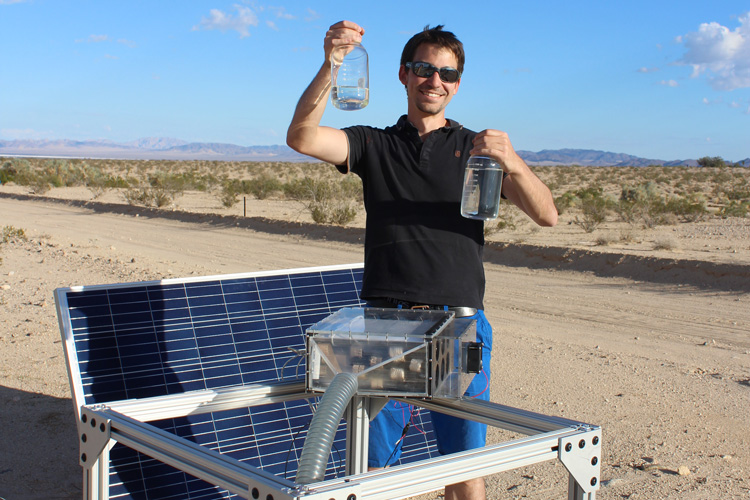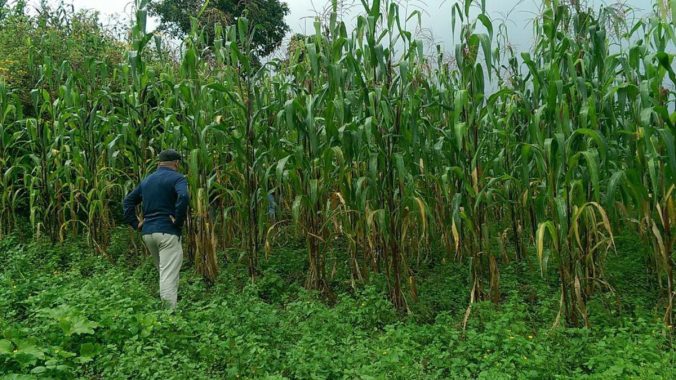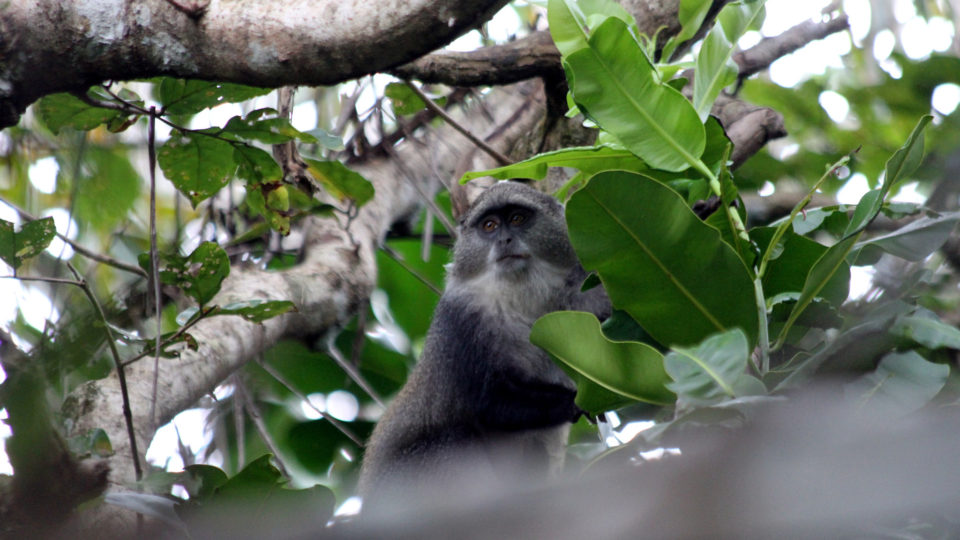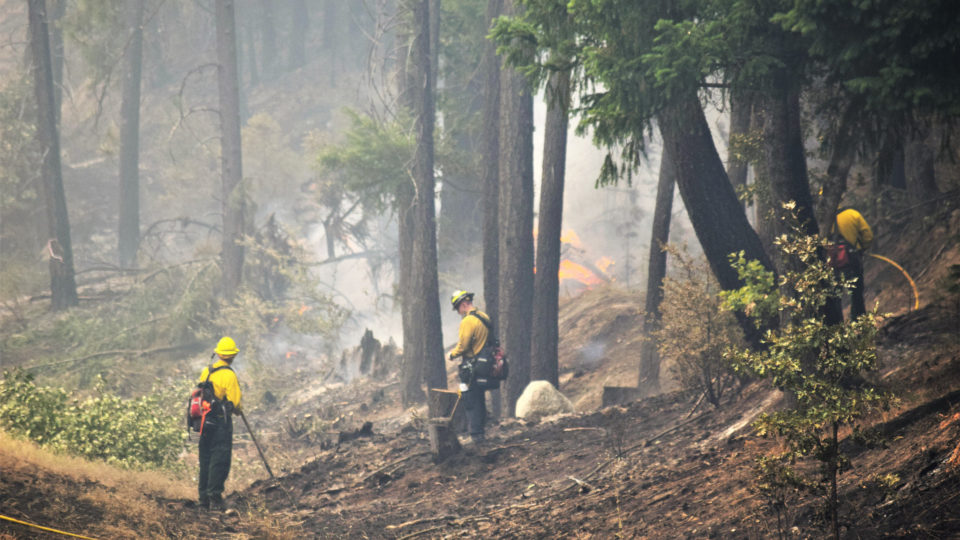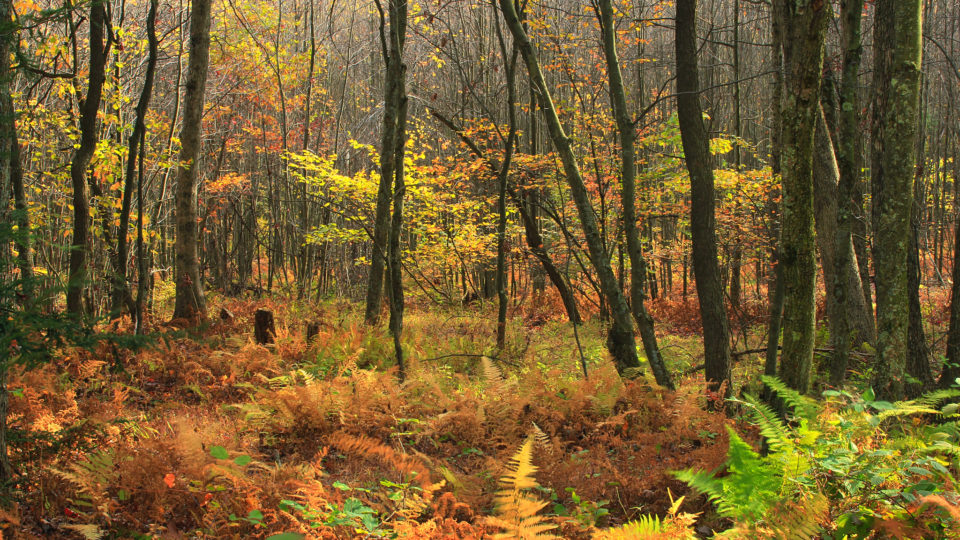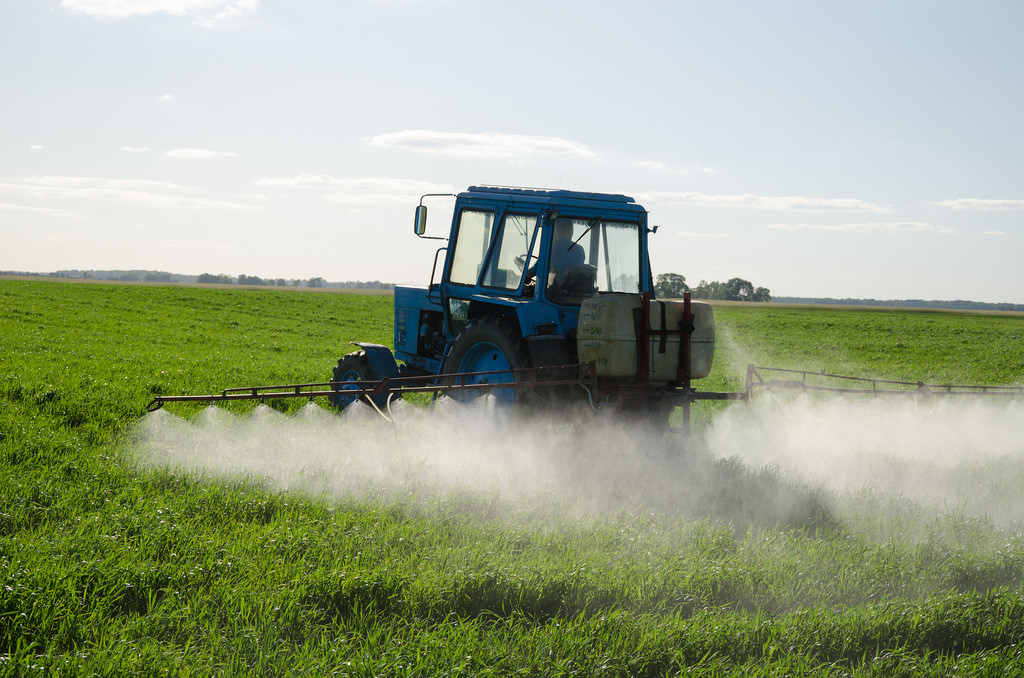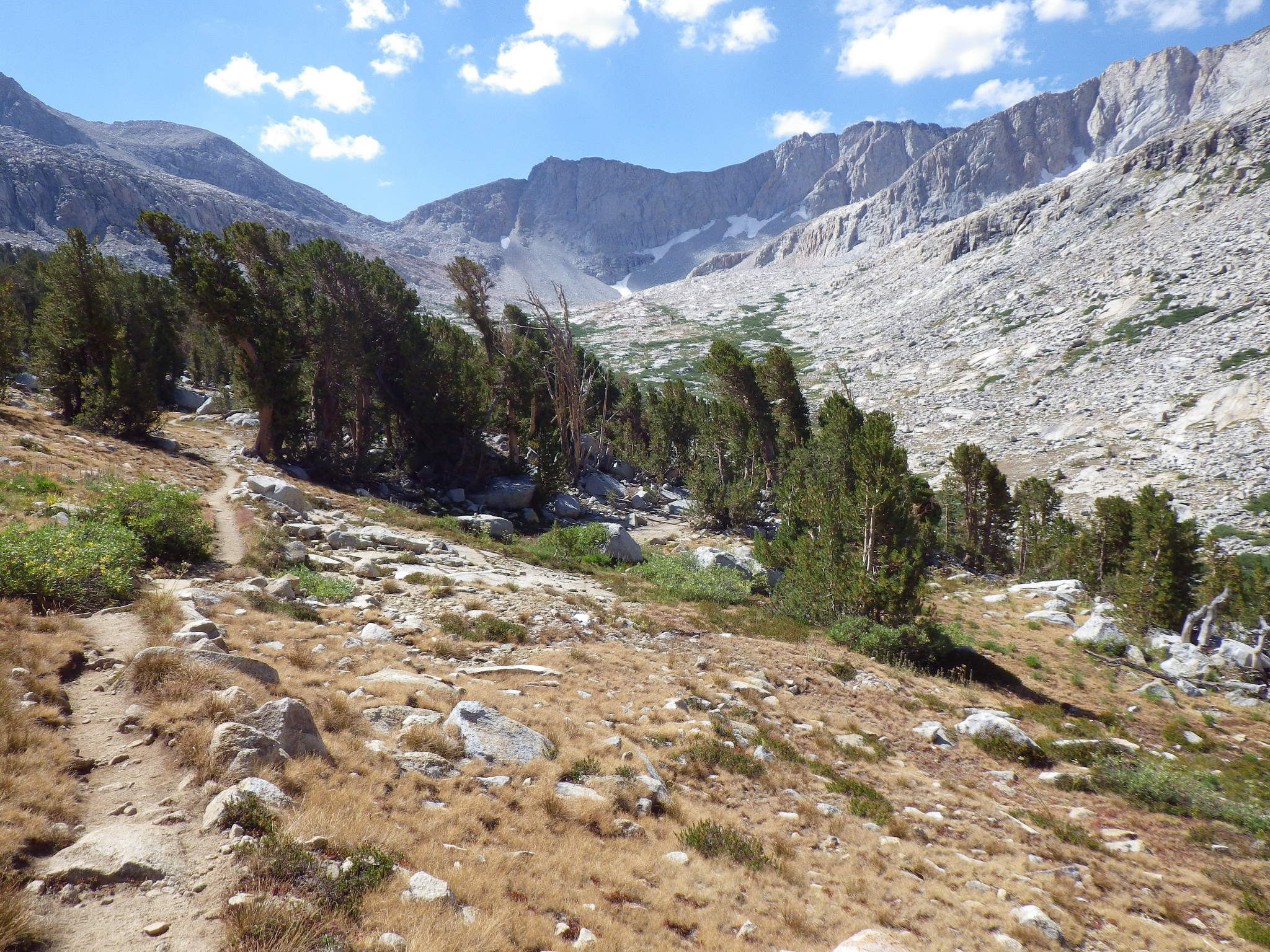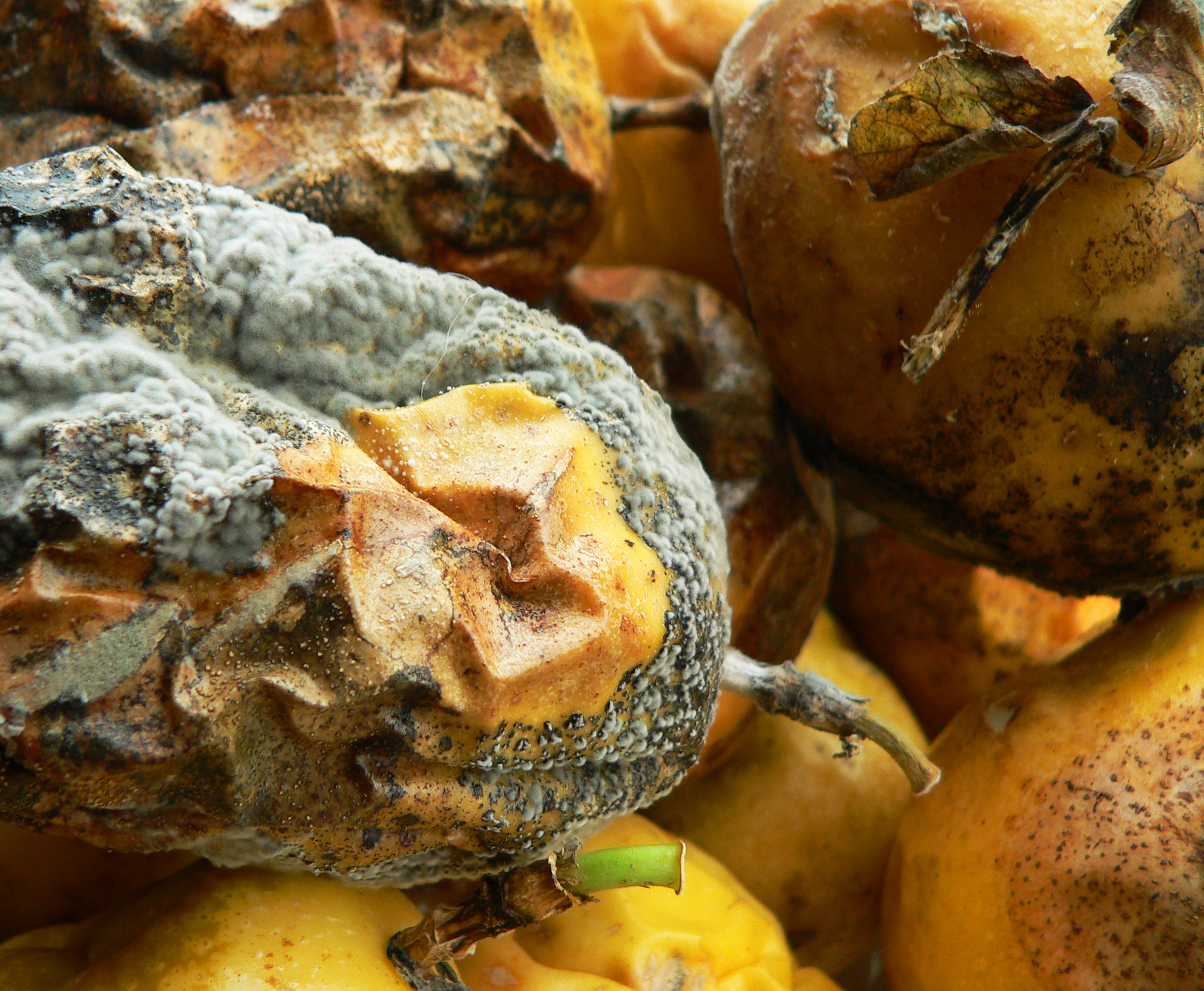Last year, Consumer Reports published a story stating that a third of chocolate products contain potentially dangerous amounts of heavy metals, in particular lead and cadmium. Since it contains much more cacao, dark chocolate was singled out as the most worrisome product. Needless to say, chocolate lovers found this report quite alarming.
A new study by Tulane University published in Food Research International employed a larger sample size, expanded the scope of testing to 16 metals, and included a risk assessment of toxic metals as well as accounted for the nutritional contribution of essential minerals.
The conclusions of the study were that dark chocolate poses no adverse risk for adults and contains nutritionally beneficial levels of essential minerals. Some risks remain for very young children, but only from a very small number of chocolate products and only when large quantities are consumed.
The study sampled 155 dark and milk chocolates from various global brands sold in the United States. It modeled the risk of eating one ounce of the chocolate per day or two large whole bars a week.
Only one brand exceeded the international limit for cadmium; four had cadmium levels that could pose a risk for a child weighing less than 33 pounds. Only two bars contained lead levels above California interim standard, but neither posed adverse risks for anyone.
Lead in chocolate comes from post-harvest processing; cadmium comes from the soil. South American chocolates generally have higher levels of metals than chocolates from Asia and West Africa. Most dark chocolate in the U.S. is sourced from West Africa.
**********
Web Links
A dark side to dark chocolate? New study finds very minimal risk for kids from metals in chocolates
Photo, posted February 19, 2012, courtesy of Bodo via Flickr.
Earth Wise is a production of WAMC Northeast Public Radio

